I recently got the opportunity to watch Martha Stewart’s Netflix documentary, ‘Martha’. I found it interesting that she actually had some not-so-nice things to say about it. R.J Cutler, the man behind the documentary stood by the documentary and told the Times, ‘I am really proud of this film, and I admire Martha’s courage in entrusting me to make it. I’m not surprised that it’s hard for her to see aspects of it. It’s a movie, not a Wikipedia page. It’s the story of an incredibly interesting human being who is complicated and visionary and brilliant.’
Though she had some complaints, Stewart did say she was pleased that the documentary resonated with the younger audience, particularly young girls. She said, ‘So many girls have already told me — young women — that watching it gave them a strength that they didn’t know they had. And that’s the thing I like most about the documentary. It really shows a strong woman standing up for herself and living through horror as well as some huge success.’
When she appeared on ‘The Tonight Show’, Stewart addressed to Jimmy Fallon further of her issues with the documentary and said, ‘I’m going to go talk to them about maybe doing version two. There’s a lot more to my life. I mean, I’ve lived a long time and I just thought maybe we’ve left out some stuff … good stuff.’ And I had to agree with her. It WAS too short. I expected an entire docu-series dedicated to her life and work. Vincent McMahone got an entire 6-episode docu-series, so why couldn’t she?
The businesswoman also disapproved of Cutler putting so much emphasis on her 2004 trial that put her in jail for 5 months. She told The New York Times, ‘It was not that important. The trial and the actual incarceration was less than two years out of an 83-year life.’ This is something I don’t agree with. Getting to know why exactly she was in jail felt important to me as a viewer and a follower of her career. These two years affected her career greatly in the aftermath, and therefore, it felt important getting to know the exact details. But that’s where the documentary’s length comes into play. Two hours is just not merely enough time to fully get to know Stewart’s life and career. That’s why it should’ve been a docu-series. Maybe it was done on purpose, but the ending of the documentary made me want to see more.
And speaking of Stewart’s life and career…
Stewart reveled in the documentary that her love for homemaking came from her father, Edward Kostyra. He taught all of his six kids how to garden and sew, and because she was the only one out of them who actually loved it made her his favourite child. Stewart’s brother, Eric, revealed that the gardening was done only because their parents couldn’t feed a family of eight, so instead of buying goods, they grew what they could and traded crops for other goods. Eric said of the experience of gardening for his father, ‘He stood over you like a sergeant. To this day, I despise gardening.’
When it came down to her cooking, Martha Stewart declared, ‘Nothing store-bought. Everything homemade. We tried to be a little outrageous.’ She drew inspiration from the Dutch masters, which, for the non-art history, as M.S Rau Antiques explained, refers to a ‘select group of European artists who achieved the pinnacle of their craft during the Renaissance and Baroque periods, roughly spanning from the 14th to the 18th century. Celebrated for their exceptional technical skills, artistic innovation, and profound influence on the trajectory of art, Old Master works continue to serve as benchmarks of excellence, offering invaluable insights into the cultural, societal, and artistic landscapes of their eras.’ And that was how Martha Inc. was born.
When working on her first book, Stewart made her vision clear to publishing. Alan Mirkin, president of Crown Publishing, said in the documentary, ‘The first thing she did was make it pretty clear that this was going to be her book, and if we didn’t do it the way she wanted to do it, she wasn’t interested in working with us.’ That’s because, according to Stewart, the team wanted to print her book in black and white even though she preferred it illustrated in color. “[I wanted] a book that anybody could pick up and learn how to have an interesting celebration.’ That was how ‘Entertaining’ was born.
Stewart’s collaboration with K-mart was a revolutionary one, to say the least. Her mission was to bring everyone the chance to have a little stylish decor and cookware at an affordable price. Journalist Caitlin Flanagan said in the documentary, ‘She understood that just because you don’t have a lot of money doesn’t mean you don’t have taste.’ Stewart, on the other hand, revealed that this collaboration wasn’t accepted by popularity standards. She said, ‘The Greenwich Garden Club canceled my appearance because I had signed with Kmart, and they didn’t want anything downscale.’ Her products are still available for purchase at Home Depot.
By the time Stewart came up with the idea for Martha Stewart Living, it was rejected time and time again by major publishing parties. first went to Conde Nast, who said no. Then to Rupert Murdock, who said no. She then took it to Time Inc., and that was when Martha Stewart Living was finally published. Stewart said that during the process of making it all happen, as well as once the magazine became an overnight success, she saw something men didn’t – women controlled budgets and household planning and wanted beautiful things. At the time, Time didn’t believe it was a good idea for Stewart to be on TV as they believed it would feminist readership or the magazine. Stewart thought otherwise. She believed that it was critical to be able to show women — especially working mothers — exactly how to do everyday DIY projects step by step. With that said, because she was making so much from Kmart at the time, Stewart was able to buy back her namesake magazine and then create Martha Stewart Living Enterprises all on her own.
Stewart wasn’t in jail for long – only 5 months. But in those 5 months, she never stopped working. Her creative arc was just as alive in prison, if not more so. But her career greatly suffered thereafter. She could no longer hold the CEO title due to her felony charges. She lost her ability to be in full control of her projects. She was given an opportunity to host her own talk show, where celebrity guests would be invited to cook with her while she interviewed them to promote whatever project they had going on at the time. It wasn’t anything she aspired to do. She didn’t love the fact that she had guests coming to the show who had absolutely no interest in cooking whatsoever.
There was one guest, however, that broke barriers for Stewart, and that was Snoop Dogg. He appeared on Stewart’s show twice. This was the friendship between the unlikely duo began. Years later, in 2019, Stewart said of their bond in an NBC News interview, ‘What anodd couple we were.’ Snoop Dogg added to her testament that ‘cooking with Martha just seemed like the right space to be in.’ The two weren’t close in the years since they met on Stewart’s show, but reconnected in 2015 when they were seated together at the Comedy Central roast of Justin Bieber hosted by Kevin Hart. It was a big night for Stewart as it marked to be her biggest comeback since her arrest. Not only did she poke fun of Bieber, but of Snoop Dogg too. She presented, ‘Snoop, I see that you have been following my beauty regimen. You would never know that Snoop Dogg is 43 now, which is three times as long as actual dogs live and twice as long as most of his friends.’ In 2019, Snoop recalled of the night with NBC News. He said, ‘She sat next to me, and she stole the show. She was the funniest roaster that night. In that moment I knew I wanted to be alongside this lady for the rest of my life.’
Stewart did this roast without ever watching a single episode, or as she put it, other than the kind you put in the oven, and yet, she was that night’s biggest star, and she showed the public she was both still a star and was in on the joke too, taking back all the power. And of being there, Stewart later told Seth Meyers, ‘I got high just sitting there. Snoop had all those, you don’t call them joints, you call them something else. Big fat ones. We had to sit on the stage for four hours, and the secondary smoke is just as powerful as primary smoke. So I was totally high by the time I got to that microphone.’ This roast was where Stewart’s friendship with Snoop Dogg really blossomed, and they went on to create great things together from that moment on. In 2016, they co-hosted VH1’s called ‘Martha & Snoop’s Potluck Dinner Party’, where, according to a press release announcing the show, where they hosted celebrity friends for ‘cocktails, cooking, conversation, and where nothing is off-limits.’ Celebrities like Bella Thorne, Jason Derulo, Wiz Khalifa and Kathy Griffin have all been guests on the show. In 2019, they co-hosted a spinoff series to their cooking show, ‘Martha & Snoop’s Potluck Party Challenge’, where Snoop and Stewart competed with famous friends to make the best dish, and celebrity judges chose the winners. And they’ve continued working together in the years since. They hosted a Halloween food competition in 2021, as well the Puppy Bowl in 2021 and 2022. In 2023, they released ‘Best Buds’ bags. In 2024, they were seen attending the Olympics together.
When he appeared in Stewart’s documentary, Snoop said of their decade-long friendship, ‘We just so happened to be sitting side by side, and my second-hand smoke created an idea that maybe we should hang out and talk about things.’ And they certainly have created some amazing things in the years since they blessed us with their unlikely collaborations. What strikes me the most about their friendship is Stewart’s willingness to learn and adapt. When promoting their 2016 show, she told People in an interview, ‘I’ve learned a new vocabulary. I have a little dictionary — I might actually write the dictionary. It’s all those fo’ shizzles and everything else.’ But then again, I really shouldn’t be surprised. She’s always been great at it. During covid years, she wasn’t even afraid to use TikTok as her marketing tool. We couldn’t get enough of her videos.
There are many reasons why Martha Stewart is a successful businesswoman, and it has absolutely nothing to do with any man she’s ever been with. She was previously married to Andrew Stewart until 1990 and had a daughter by him, and was in a 15-year courtship with Charles Simonyi until he abruptly left her to get married to another woman who is 32 years his junior. None of it matters, however. Stewart is a successful businesswoman because she is authentic, hard-working, and has a strong attention to detail. She has built a lifestyle empire around her expertise in homemaking and has remained relevant by adapting to cultural trends, just like she did with Snoop Dogg and in Covid years with TikTok. To elaborate on the matter further:
Authenticity
- Stewart built her empire around her passions and expertise, rather than trying to fit in with trends.
- She has been open about her mistakes and experiences, which has endeared her to a new generation of fans.
Hard work
- Stewart has been a tireless worker, consistently delivering high-quality content and products.
- She has been hands-on in every aspect of her business.
Attention to detail
- Stewart has a meticulous attention to detail and an unwavering commitment to quality.
- She has built a loyal audience by consistently delivering high-quality content and products.
Adaptability
- Stewart has been able to adapt to cultural trends, such as the rise in popularity of CBD wellness gummies.
- She has been able to learn about new trends and understand their relevance to her customers.
Risk-taking
- Stewart has been a courageous risk-taker, taking on new challenges and experimenting with new trends.
Stewart’s documentary heavily discussed her marriage to her husband Andrew. And I’d like to discuss it too. Stewart said that when her father found out Andrew was Jewish, he forbade her to ever see him again, and went as far as slapping her. She didn’t care, and married him anyway. She said in the documentary, ‘I went home and told my dad, and my dad slapped me. Slapped me hard on my face and said, ‘No, you’re not marrying him. He’s a Jew.’ I remembered getting that slap. I was not at all surprised because he was a bigot, and he was impulsive. But I said, ‘I’m gonna get married no matter what you think.’ The wedding day was very happy. It was the beginning of my life.’
Stewart’s father was a failed businessman, but according to Stewart herself, he could do just about anything. She said, ‘My father was the handsomest father. He loved me. And it was very obvious to everybody that I was his favorite. He thought I was more like him than the other children. He got the job done that he was set out to do. Not his work work. He was a failure in work. He could’ve done pretty much anything he wanted to do and he was stuck in a salesman job. He sometimes started the day off with a large glass of coffee and red wine. So is that an alcoholic? Maybe. But he never looked like a drunk. He never stumbled around and threw things and broke things. That wasn’t my father. But he was a dissatisfied, unhappy human being.’ The most telling quote of hers, though, was, ‘Andy was so nice. Not at all like my father.’
This was so telling, and for more reasons than one. I don’t think there was enough emphasis brought on to just how much Stewart’s father impacted her entire life and career in the documentary, but again, this was a timing issue, and this is yet another reason why it should’ve been a docu-series rather than a 2 hour film. Stewart watched her father fail as a businessman despite the fact that he had all the knowledge in the world to be successful. There was one thing he lacked, though, and that was knowing exactly what consumers wanted, as well as knowing how to promote his goods and services. It takes more than just having the skill in services you provide in your business – whatever that might be – to be successful. In Martha Stewart’s case, it’s been homemade cooking.
There are two main factors that really make Stewart a masterpiece in what she does – she knows exactly what women need and she doesn’t take no for answer, particularly with men. It was clear night and day right from the beginning; even before she started her empire. The fact that she went against her own father in marrying her husband marked a vital pointer in her fighting society’s norms. As female entrepreneurs in the making, we could learn a thing or two or even three from the master herself. According to a Jeffry Pilcher article, there are actually 10 things we could learn from her, said by her own words.
- Find & Follow the Big Idea – ‘Focus your attention and creativity on basic things — things that people need and want. Then look for ways to enlarge, improve, and enhance your big idea. Ideas can also come from one’s own personal frustrations. When you are alert and tuned to the world around you, it is interesting to note how often your personal frustration can help you experience a Big Idea.’
- Take Risks, Not Chances – ‘Calculated risk is a cornerstone of success. You should never try something that makes you uncomfortable or that you are ill prepared to undertake just because you think you may never get another chance. That chance will come.’
- Make it Beautiful – ‘Listen intently, learn new things every day, be willing to innovate, and become an authority your customers will trust. You will find great joy and satisfaction in making your customers’ lives easier, more meaningful, and more beautiful. I am always asking myself how I can improve the lives of my customers, my colleagues, my shareholders, my family and my friends.’
- Get a Telescope, a Microscope, and a Wide-Angle Lens – ‘Remain flexible enough to zoom in or out of the vital aspects of your enterprise as your business grows. Successful executives have a keen focus and must remain true to their overall vision. They have the ability to change their focus from the big picture to the broad view. Their days are spent examining, thinking, rethinking.’
- Build an A-team – ‘Search for advisors and partners who complement your skills and understand your ideals.’
- Find the Opportunities in Challenges – ‘There is no successful executive, anywhere, whose journey is without setbacks and crossroads. Be prepared for occasional dark nights and remain steadfast. So the ‘pie’ isn’t perfect. So cut it into wedges. Stay in control and never panic.’
- Quality First – ‘Quality does not have to be only for the wealthy. As a businessperson, I saw the opportunity to have an impact on a huge market, and that was irresistible.’
- Smart, Cost-Effective PR – ‘Use smart, cost-effective promotional techniques that will arrest the eye, tug at the heart, and convey what is unique and special about your business or service. To be a successful, you must always search for ways to convey to potential customers all the good things you are doing.’
- Learn by Teaching Others – ‘If you learn something new every day, you can teach something new every day. By sharing your knowledge about your product or service with your customers, you create a deep connection that will help you learn how best to build and manage your business. You also must appreciate them and care about their happiness.’
- Pursue Your Passion – ‘There is no single recipe for success. But there is one essential ingredient: passion.
Build your business success around something that you love — something that is inherently and endlessly interesting to you. All the things I love is what my business is all about. Figure out what you need to know, what kind of experience and expertise you need to develop to do the things that you feel in your heart you will enjoy and that will sustain you both mentally and economically.’
Stewart once joked, ‘You can’t make lemonade without lemons.’ The fact of the matter is, however, it’s not much of a joke. You really can’t make lemonades without the lemons. Lemons, in this case, is a metaphor to hurdles. Her biggest hurdle in life and career was her prison sentence. Typically, prison is a death sentence for business people like Stewart — the kind of crisis that typically kills a brand, personal or corporate or even both. For Stewart, it was both. And nevertheless, she didn’t let that sh*t get to her. She was resourceful enough to turn a rap sheet into a “plus” on her brand’s balance sheet. She saw opportunities everywhere.
Describing herself as a recovering perfectionist, Stewart’s brand at the start of her career was the ‘perfect’ life – a wife, a mother, and homemaker. Behind closed doors, however, it was anything but. We all understand that perfectionism is a myth. There’s no such thing as perfect anymore. For women, however, there’s an unspoken rule: be twice as tough, twice as sharp, twice as perfect…just to stand a chance. Joan Didion described Stewart as ‘the woman who sits down at the table with the men and, still in her apron, walks away with the chips.’ That apron represents a superpower; not a weakness or a limitation.
In my previous blog entry about Cameron Diaz, I heavily discussed toxic femininity. Just as a refresher, it’s broad term that refers to a rigid and repressive definition of womanhood, including pressures women face to restrict themselves to stereotypically feminine traits and characteristics. Examples of traits that are traditionally associated with femininity include empathy, sensitivity, gentleness, and gracefulness. Stewart started her empire during a time where men were dominance and women were expected to be at home taking care of their husbands and children. She did care for her husband and child, but she also tirelessly worked on making a name for herself in the workforce as an entrepreneur.
Stewart was looked down upon because of her gender, but she didn’t let it stop her from achieving her goals. She’s never worked under men. She never allowed men to tell her what to do, even in a male dominated environment. She worked WITH men as an equal, and she always made it known that things will be done her way. She understood that there was an idolization of what a woman should be, and she was smart enough to know how to redefine that idolization. And she still does so to this very day. For her article in The Guardian, Nancy Jo Sales wrote, ‘Our sense of whether women are attractive as they age is so influenced by the media that I’m not sure we’re always in full possession of our feelings about it.’
Society today, though more accepting of women in the workforce than it was when Stewart started her empire, is still harsh on ageing women. ‘The Graduate’ is a 1960’s classic. It starred Dustin Hoffman, Anne Bancroft, and Katharine Ross in leading roles. At the time of filming, Bancroft was a 35 year old woman playing a character 10 years her senior. Ross played her daughter. She was only 10 years younger than Bancroft. Someone in Hollywood, and I’m almost 100% sure it was a man, certainly didn’t think an actress in her 40s could be convincing as a woman alluring enough to attract a recently graduated college boy. Actresses who turned down the role of Mrs. Robinson were Rita Hayworth, then 49, Lana Turner, 46, Susan Hayward, 50, Patricia Neal, 41, and Doris Day, 45.
A woman’s beauty was, and is still is, defined and influenced by entertainment and media, as well as beauty and fashion brands. women of a certain age are rarely seen in pop culture as love interests or beauty gurus or models, then that must be because they’re not appealing – that’s something that we’ve internalized within ourselves. When Sports Illustrated featured Martha Stewart on their cover in 2023, she was 81 years old, which marked her to be the oldest woman ever to get the spot. It was a groundbreaking moment for her, and it had nothing to do with her being sexualized by any sort of means.
By making the cover of Sports Illustrated, Stewart challenged the idea that society judges women based on their age. She was unapologetic about her appearance and said that age is not a determining factor in success. The cover celebrated living your best life at any age. It showed that women can still look good, feel good, and be good at any age. It changed the narrative on the definition of womanhood. And that’s what Martha Stewart is all about – change. That’s what makes her so successful in such an ever changing world. So to end this blog entry, I’d like to include some Martha Stewart quotes on change:
- “When you’re through changing, you’re through.”
- “Change is the only constant.”
- “Be fearless, change is good.”
- “I try to look forward.”
- “I really like to evolve.”
- “I want to know what my limits are, but I also want to extend those limits in every way possible.”
Our Most Popular Posts
Sign up to our newsletter if you want to see more content from The Graceful Boon! By signing up to our newsletter, you'll get an even more in-depth content from yours truly, Stacie Kiselman, who's our Graceful Boon, that you won't want to miss out on.
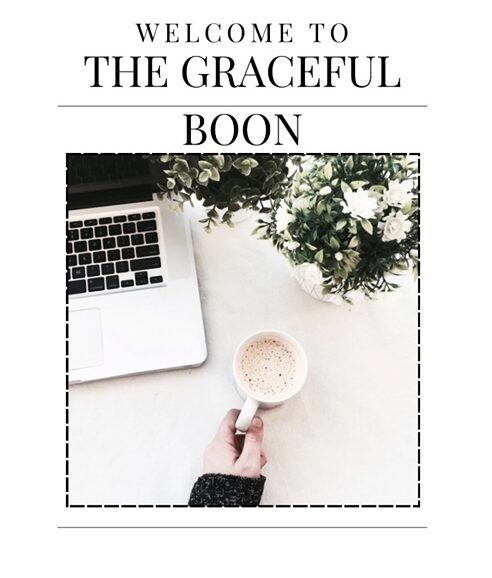
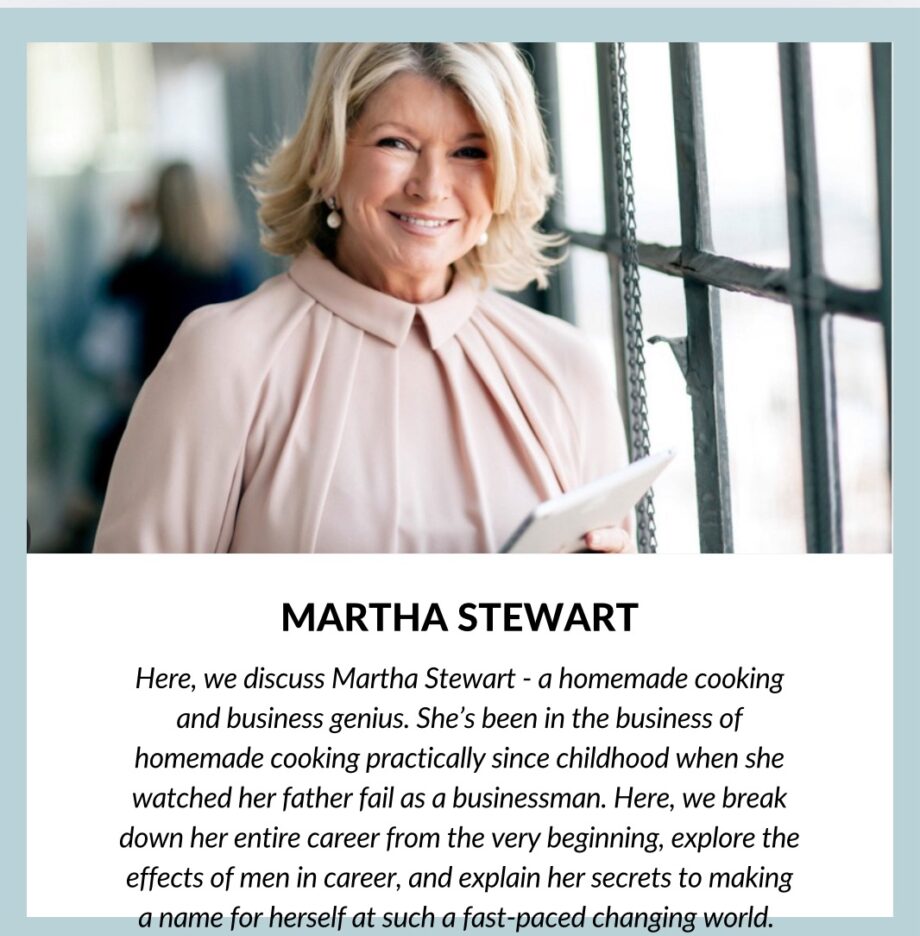

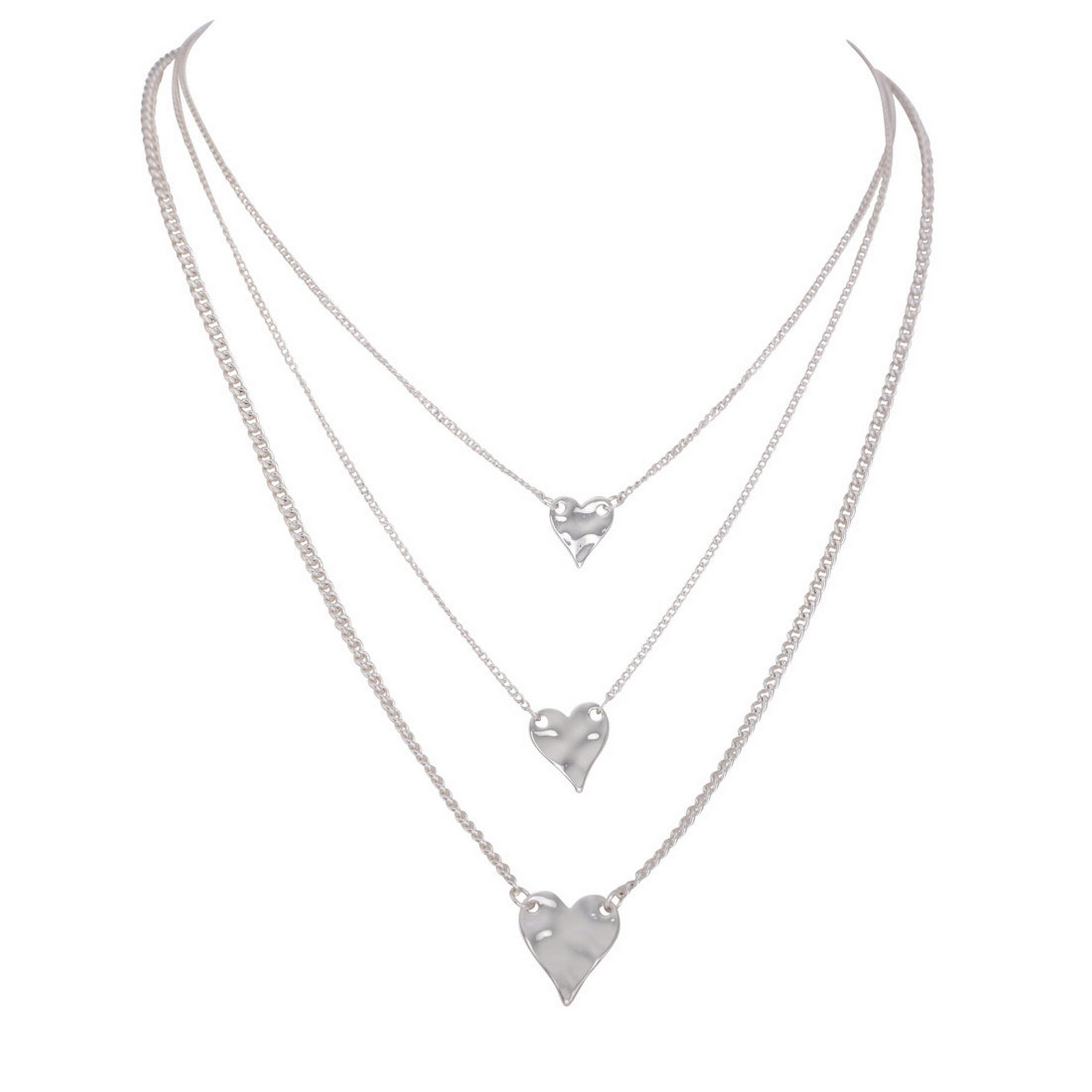
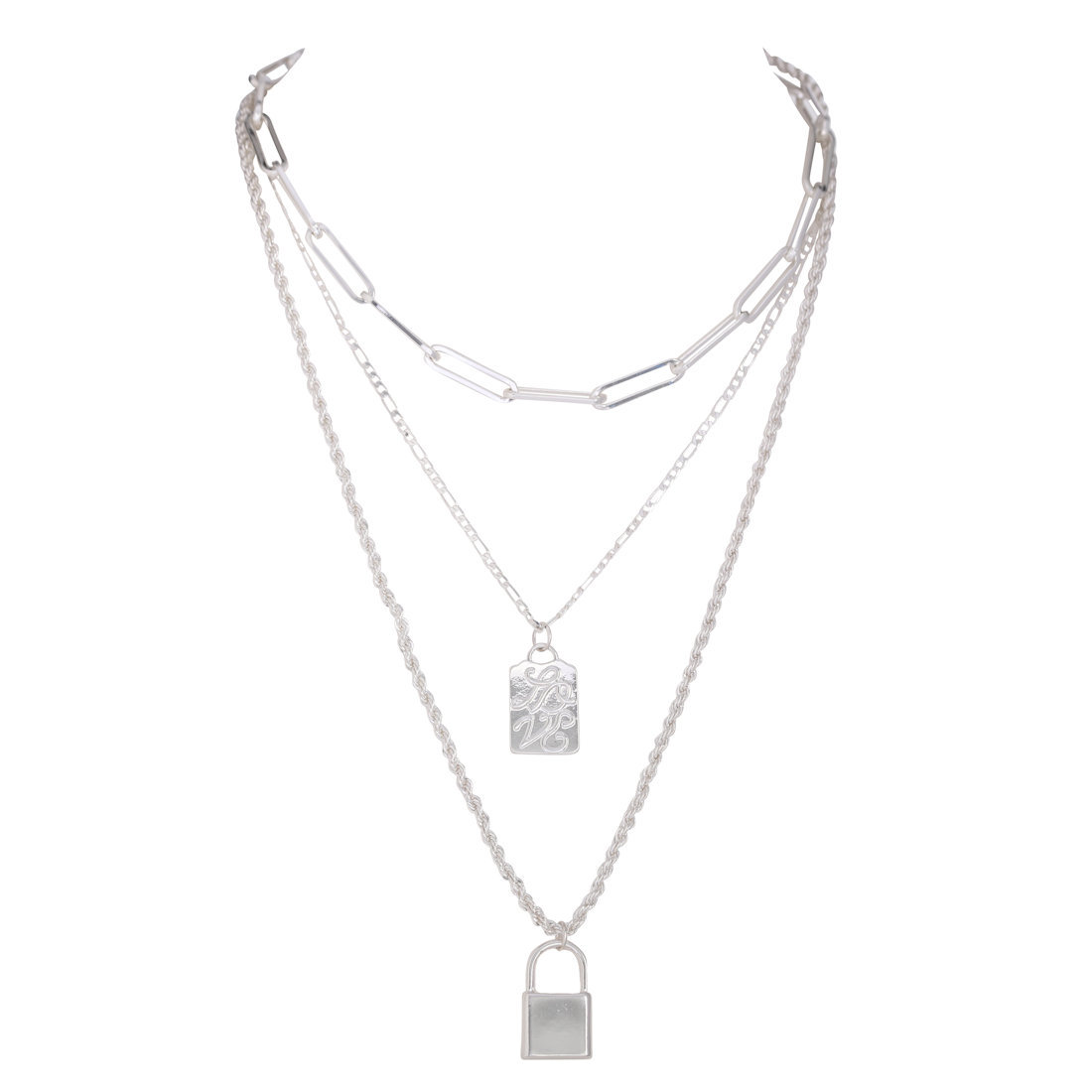
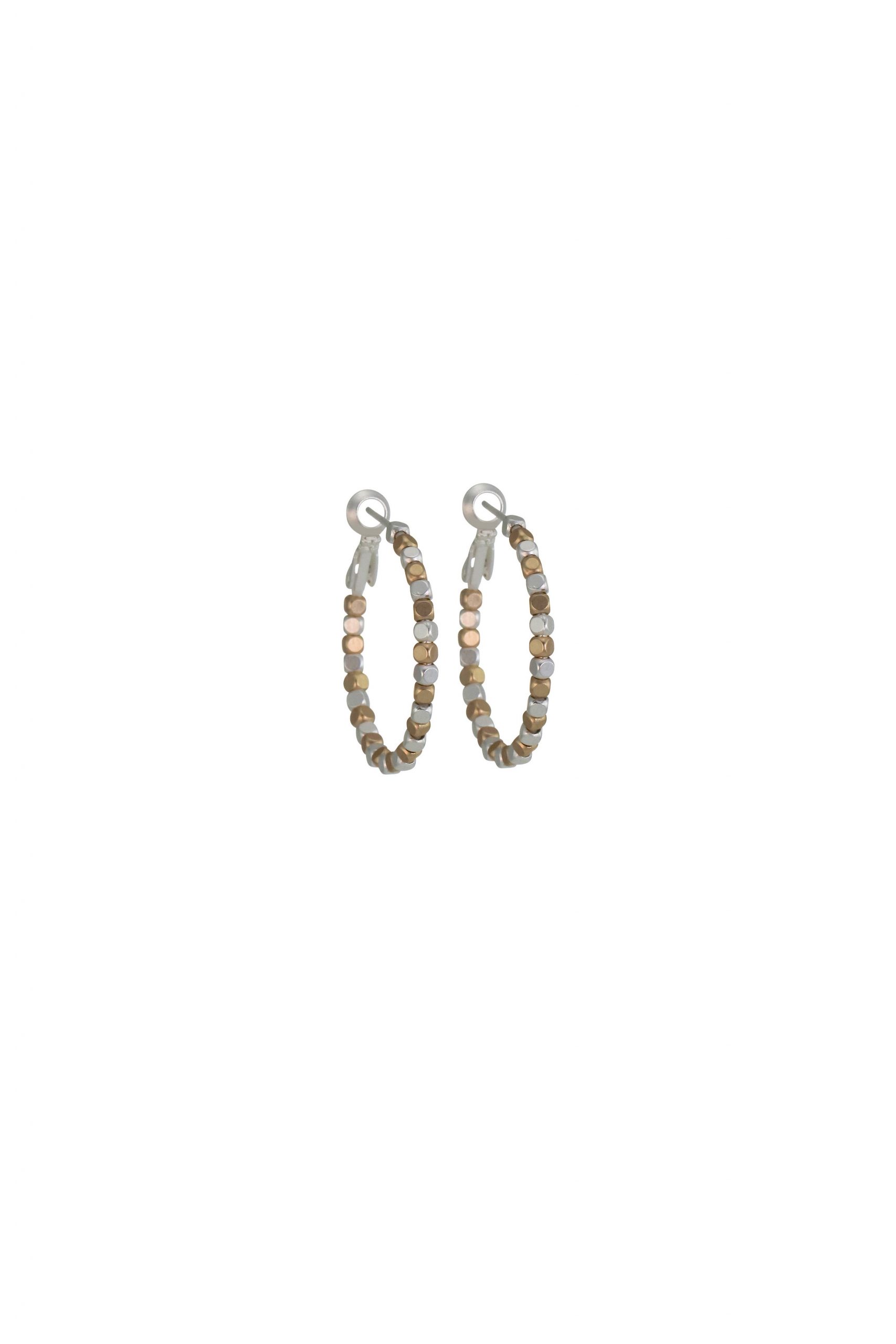


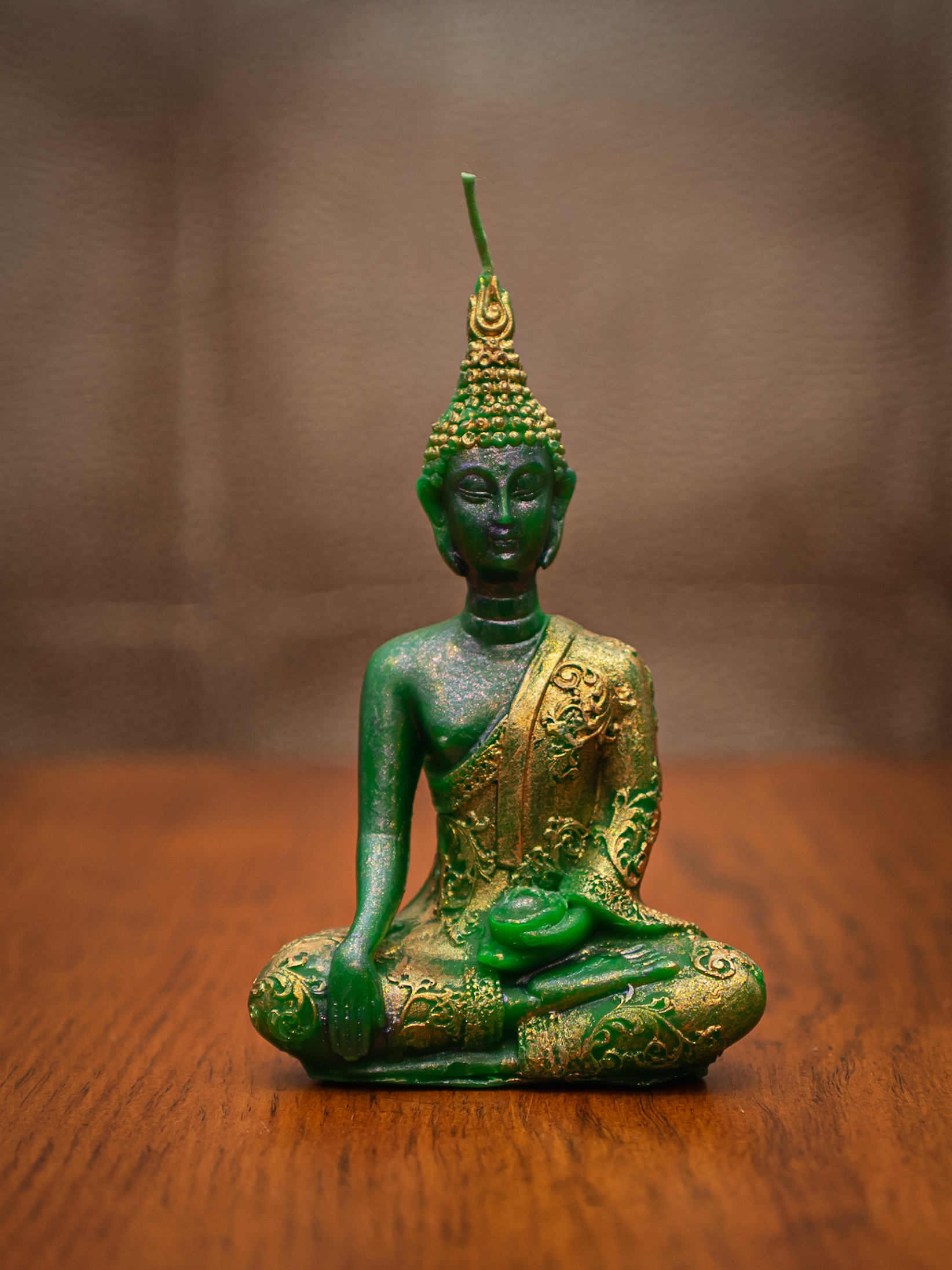

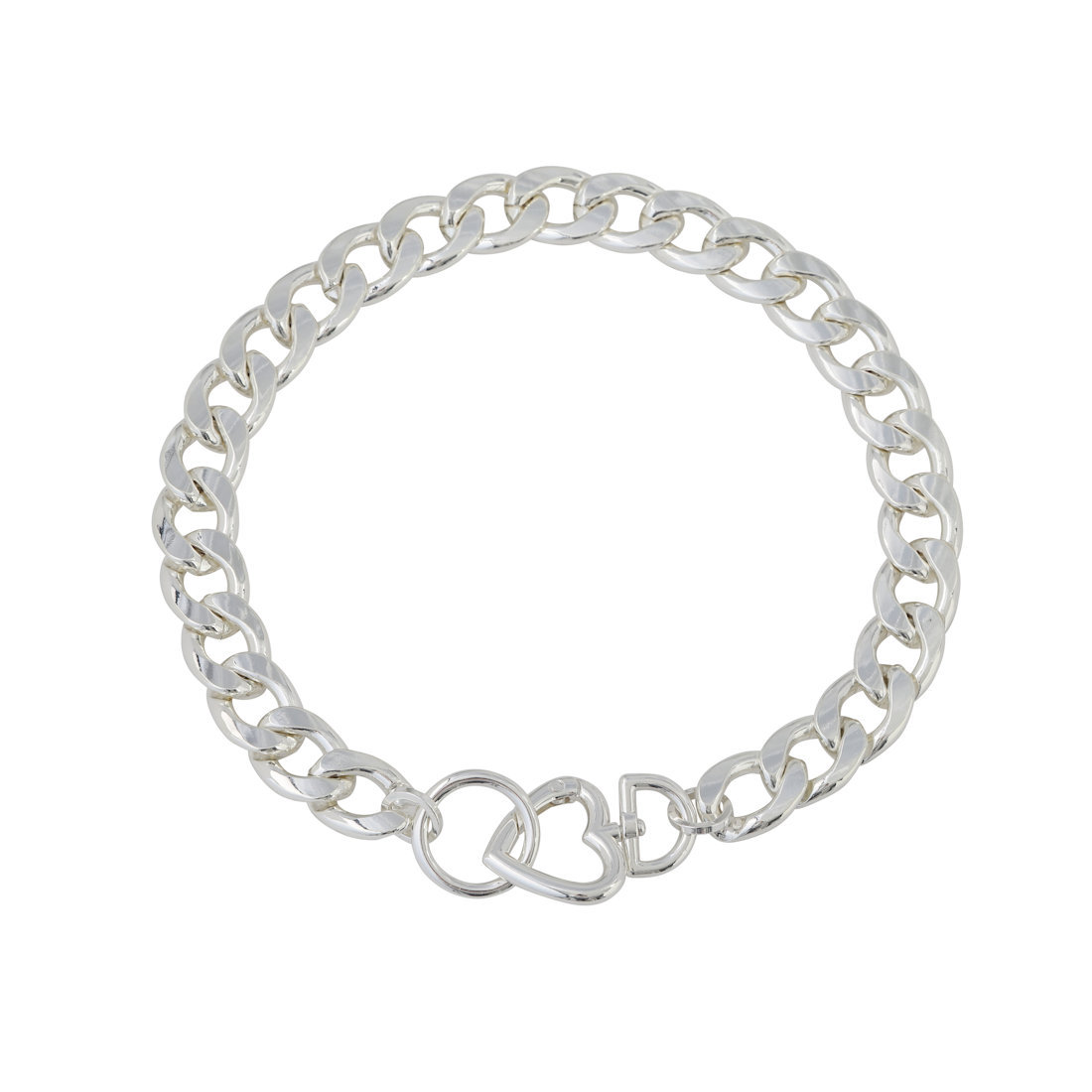
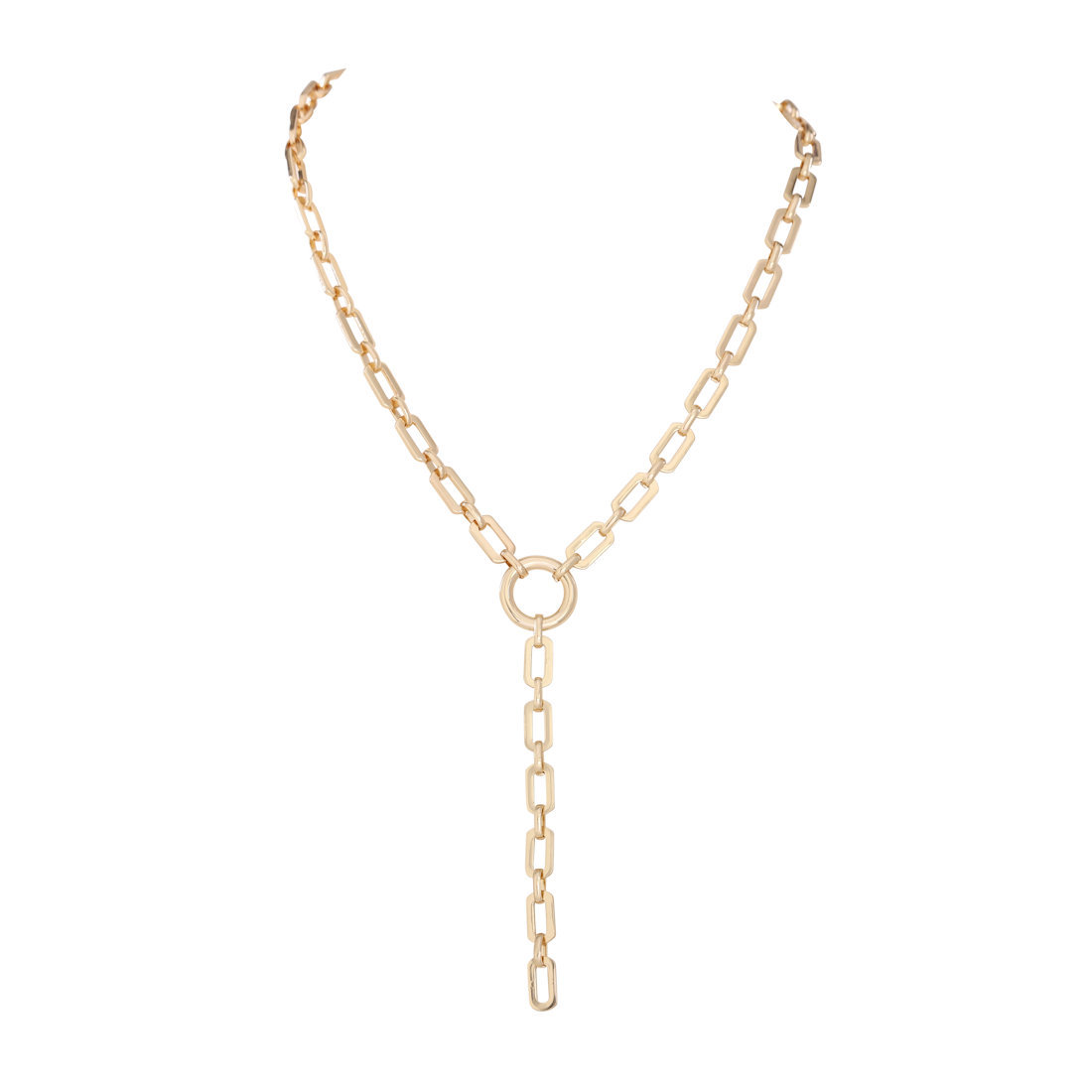


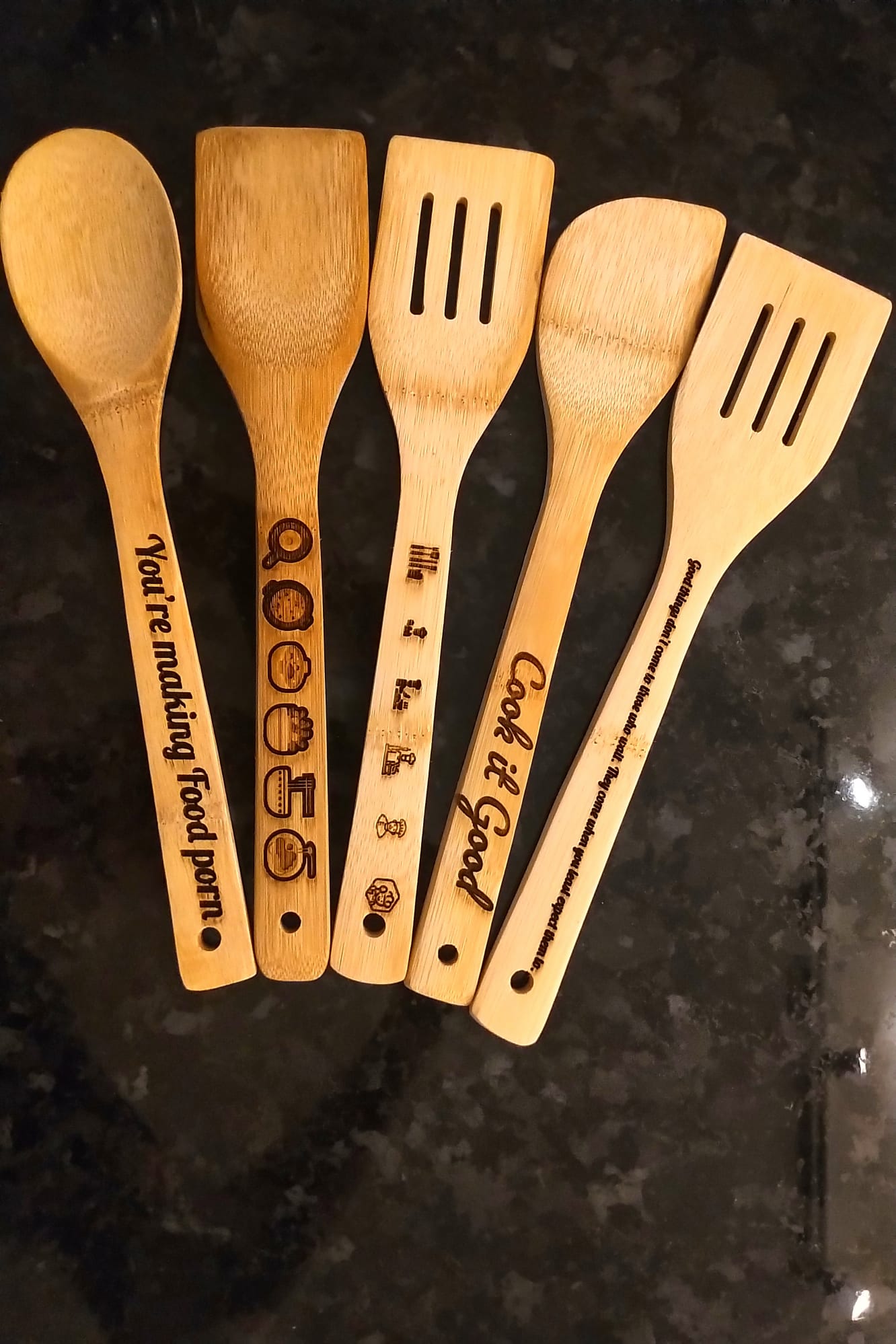
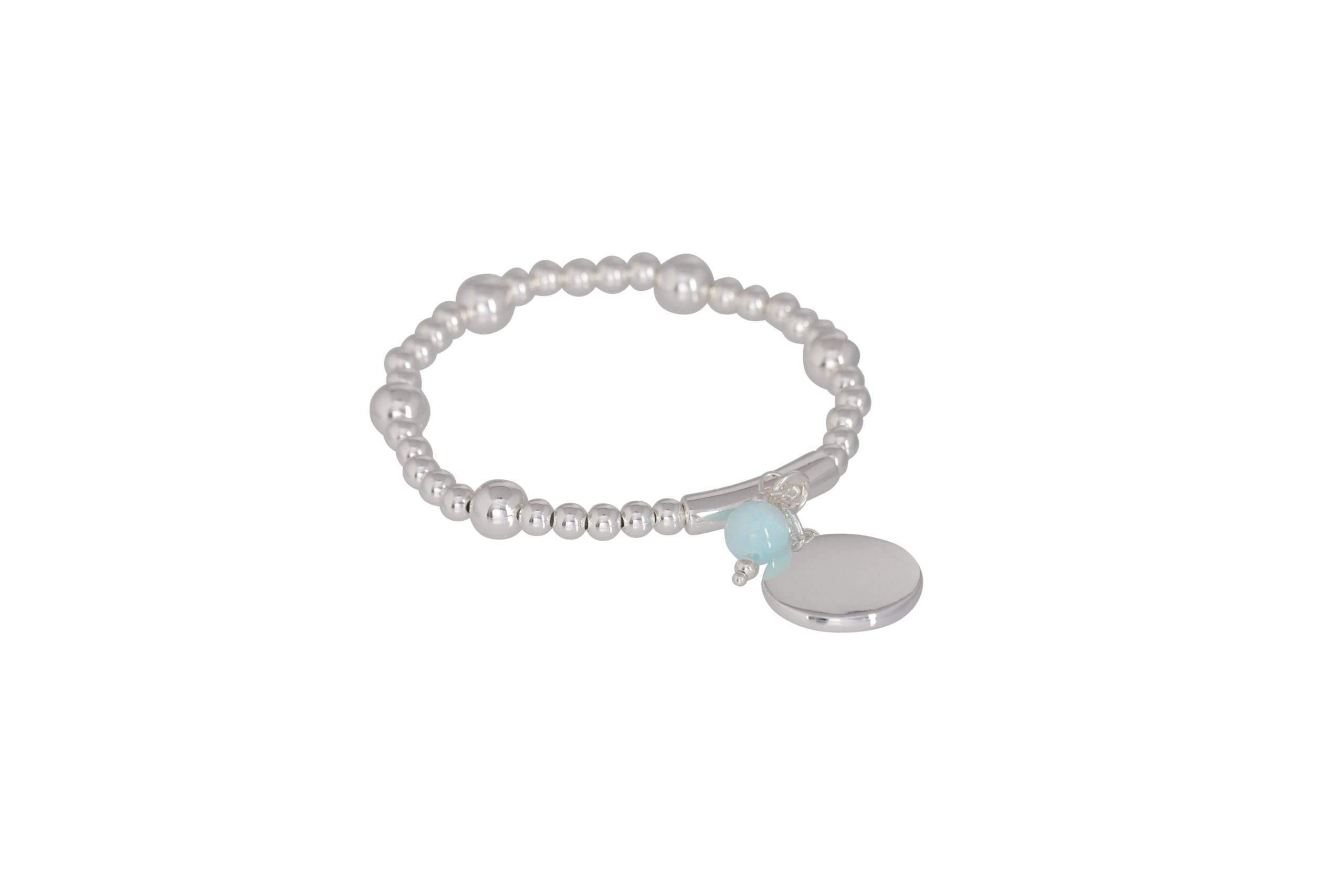
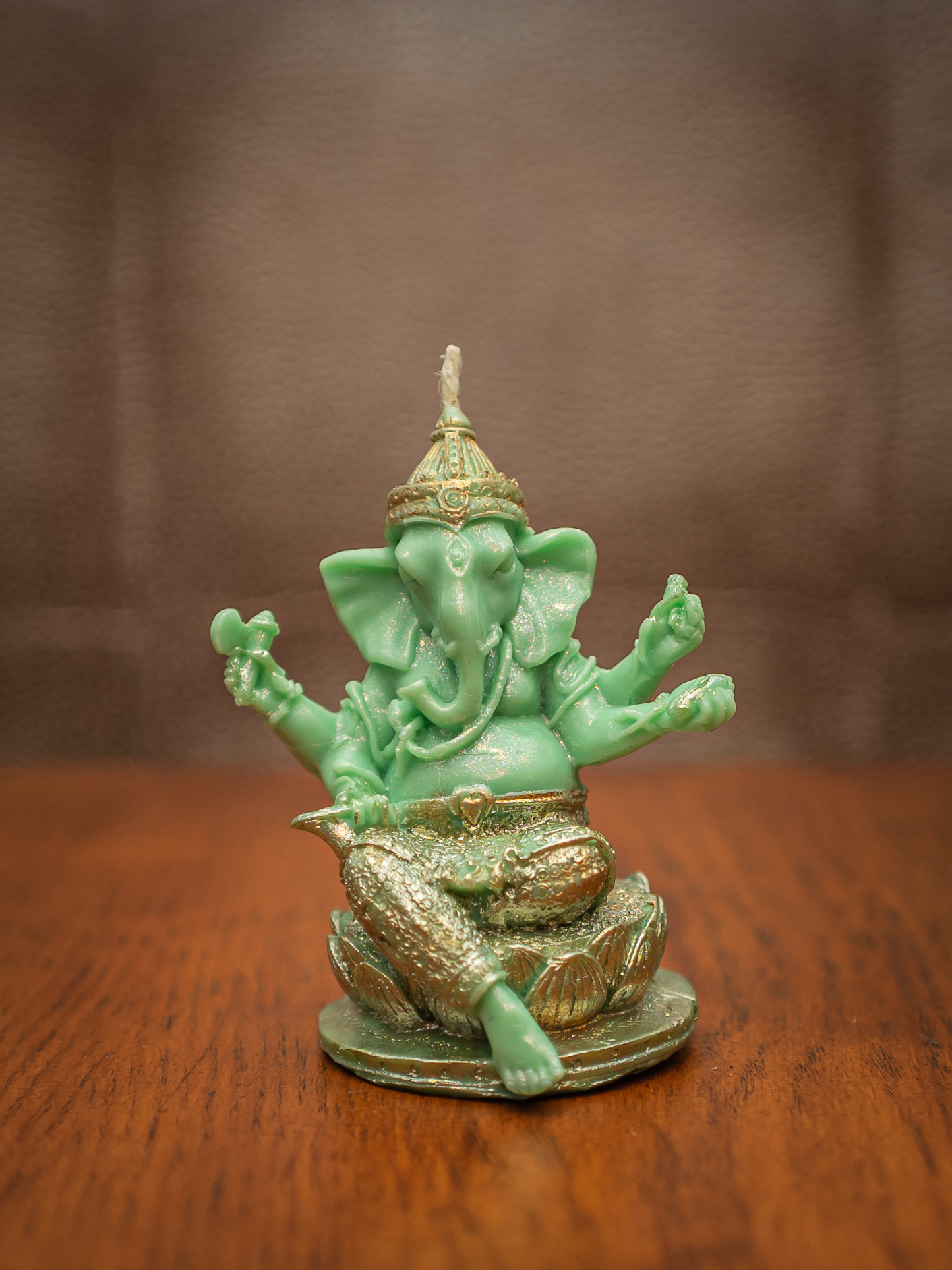
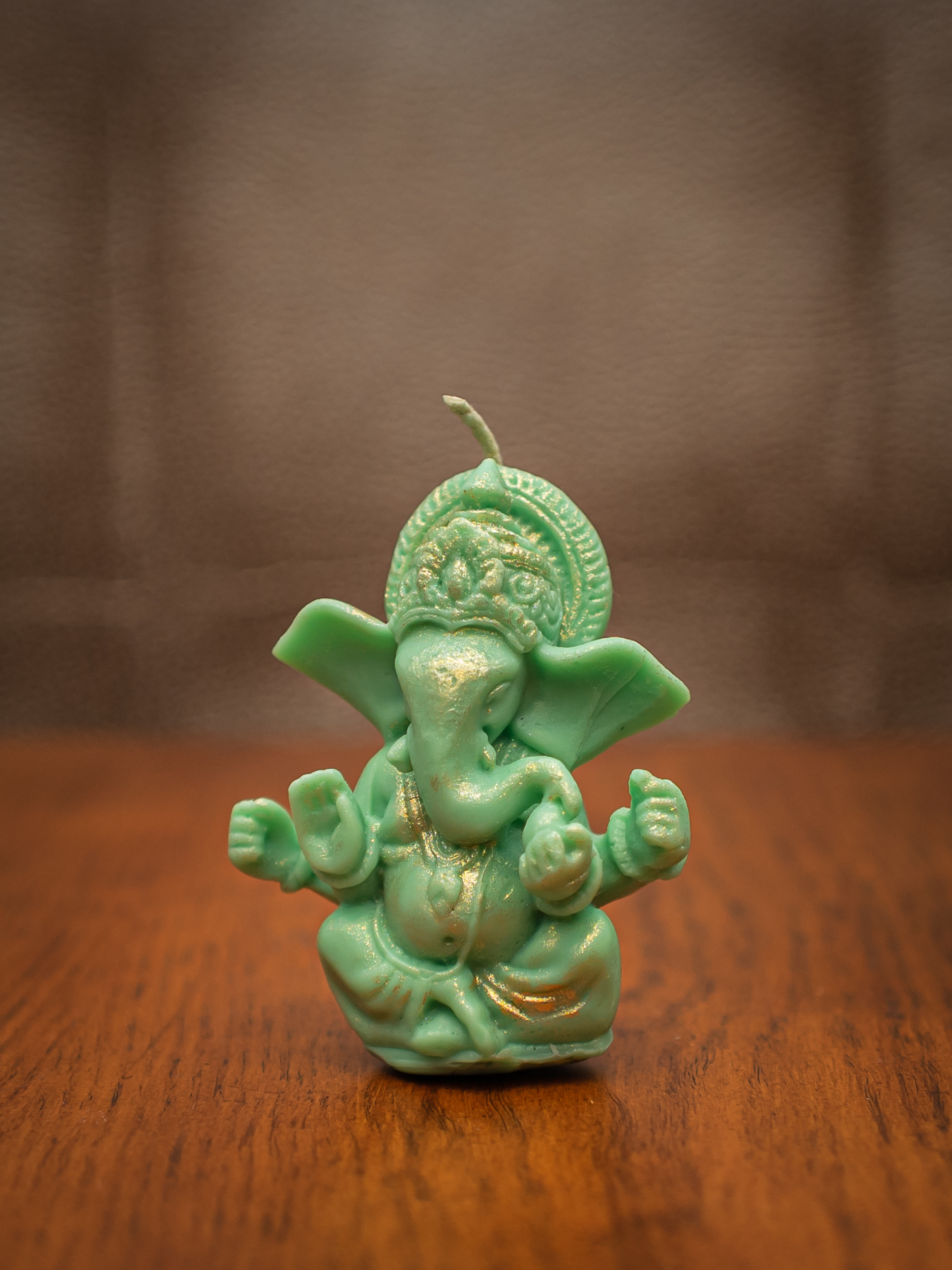
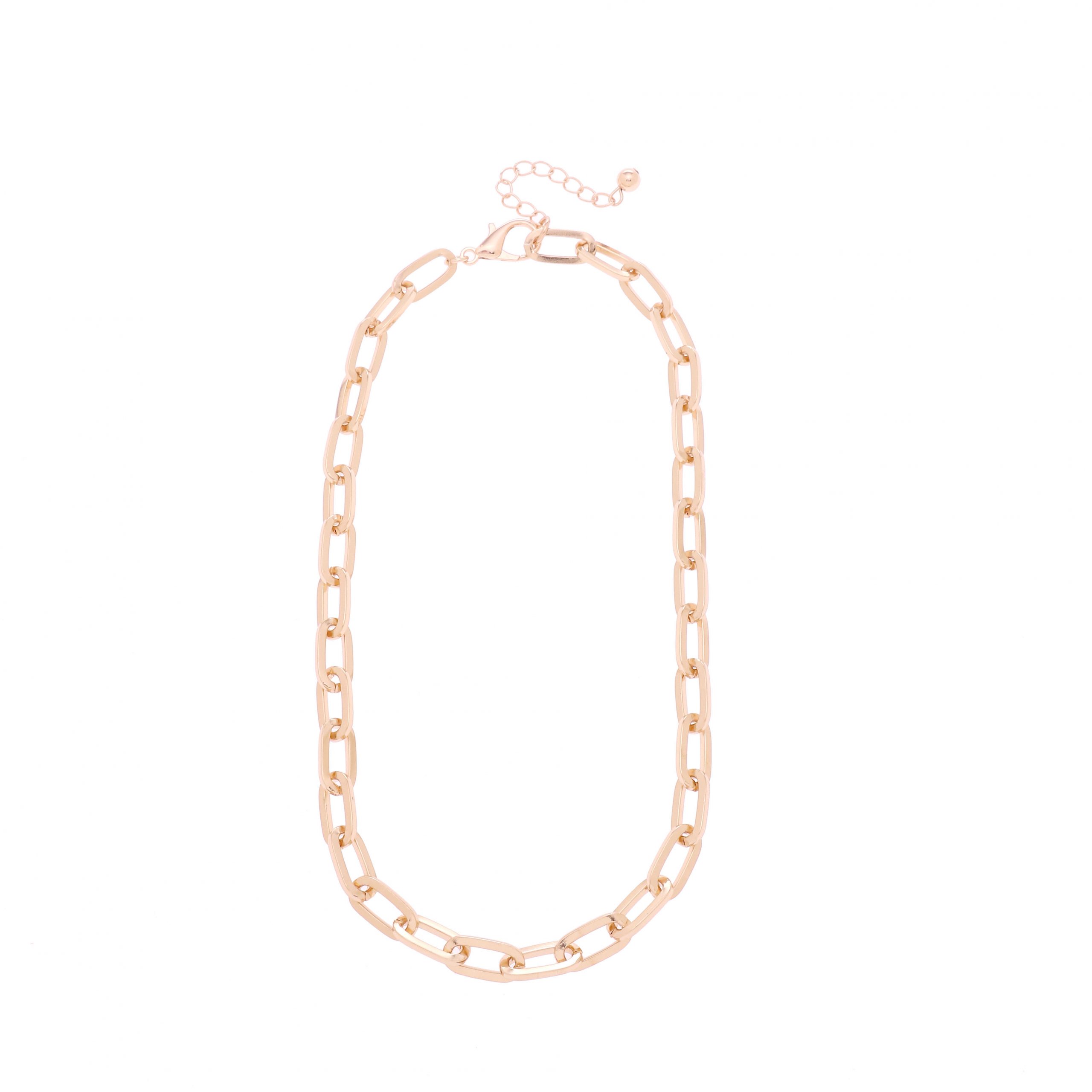


Despite the obvious hiccups she’s had along the way, I think that Martha’s story is an amazing one! She definitely has made a huge mark on the business world and paved the way for so many women who are seek to establish their own businesses.
I’ve always loved Martha Stewart and how she showed women how to enjoy their life in the kitchen, garden, etc. She was made an example when she went to jail, which was wrong, but she came out on top!
oh wow!!! I’ve always been interested to know more about such an amazing personality…Martha Stewart is a hugggggge inspiration…
Martha Stewart sounds like a remarkable woman who has done and achieved so much . Very inspiring lady.